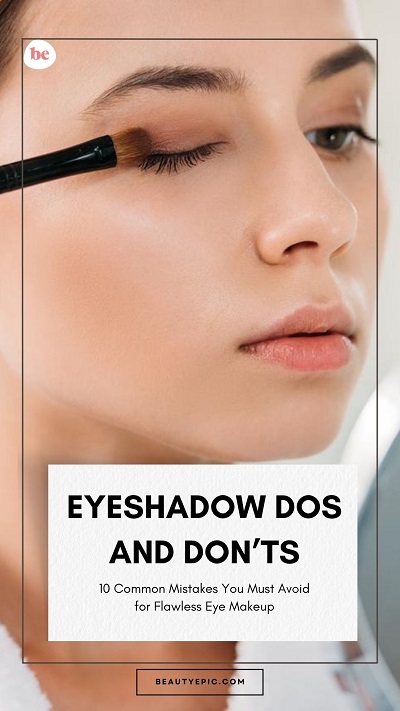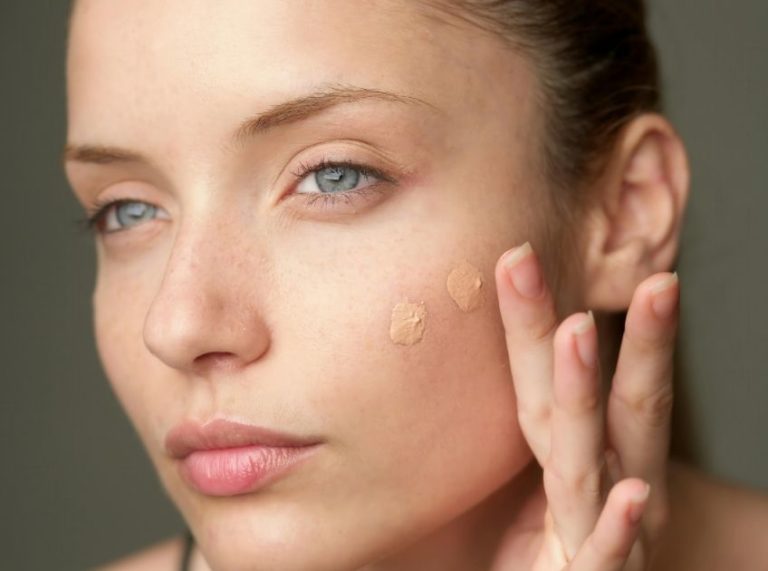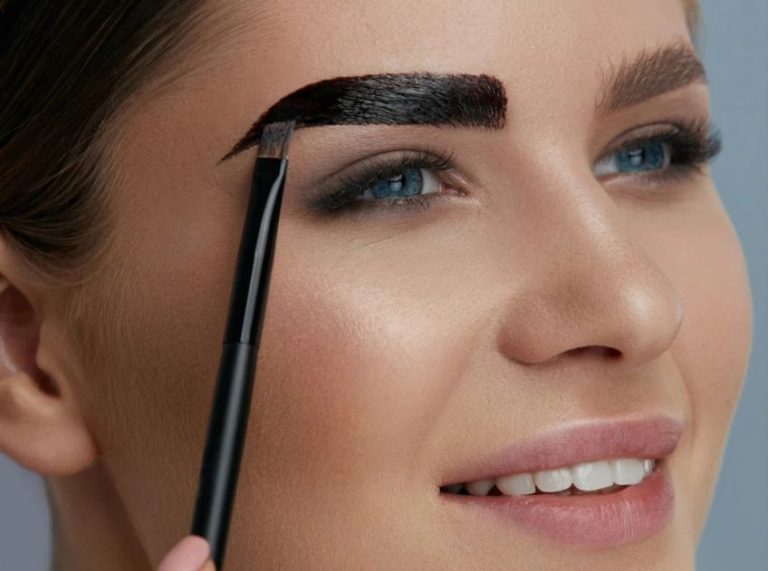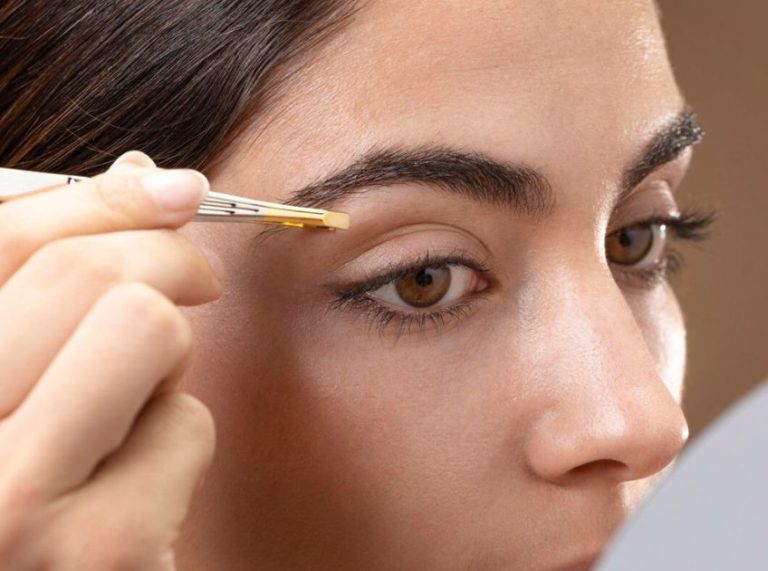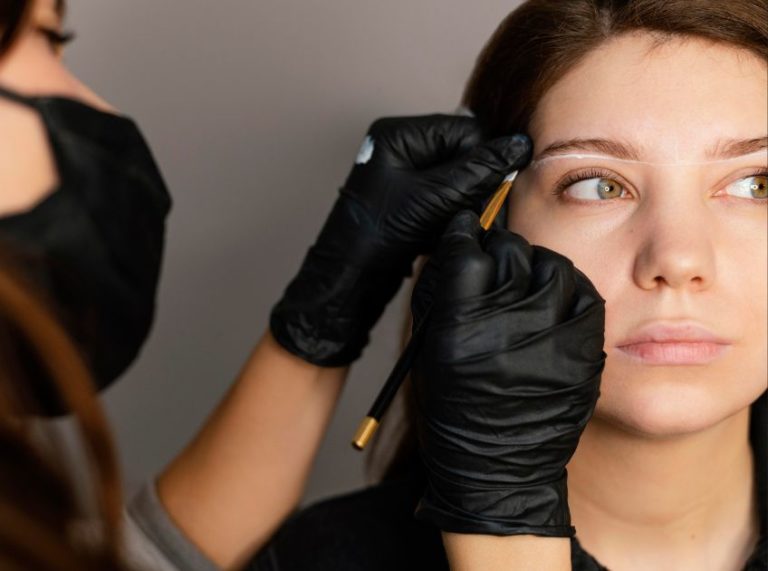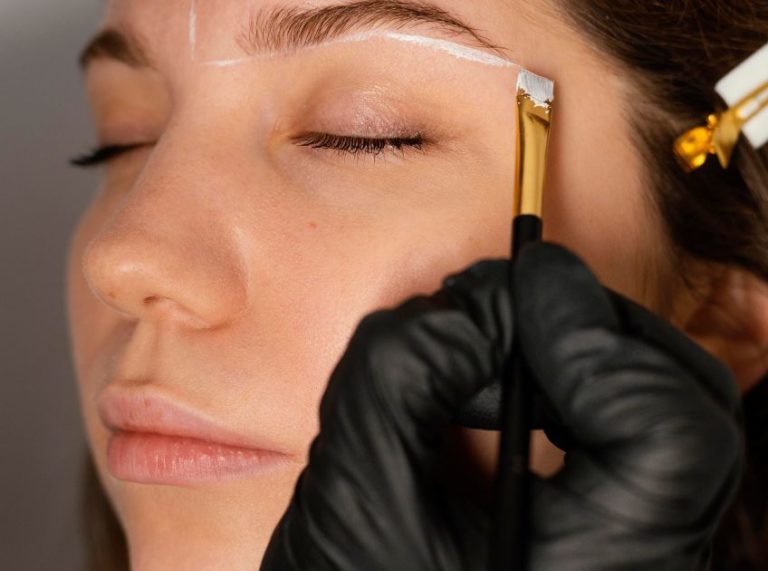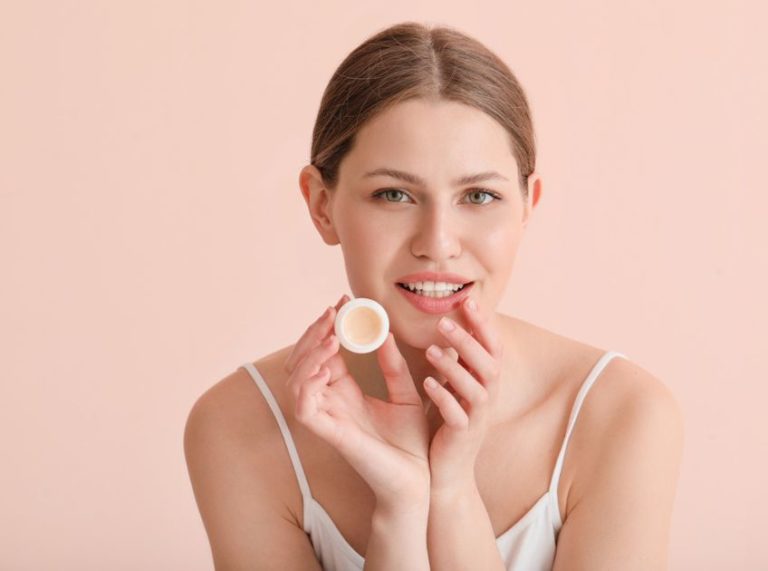
Important: This article is for informational purposes only. Please read our full disclaimer for more details.
A perfectly blended eyeshadow look can elevate your entire makeup game, but getting it right takes more than just swiping color across your lids. From patchy blending to creasing disasters, small errors can make a big difference. In this expert-backed guide, we break down the essential eyeshadow dos and don’ts so that you can create flawless looks every time.
Whether you’re a beginner or a seasoned beauty lover, these common eyeshadow mistakes—and how to fix them—will instantly boost your skills.
Article Contains
- Do Prime Your Lids—Don’t Skip This Step
- Do Use Quality Brushes—Don’t Rely Only on Applicators
- Do Blend Like a Pro—Don’t Over-Blend Everything
- Do Set Creams with Powder—Don’t Let Them Crease
- Do Know Your Eye Shape—Don’t Use the Same Technique for Everyone
- Do Choose the Right Transition Shade—Don’t Skip the Gradient
- Do Wet Your Brush for Metallics—Don’t Settle for Fallout
- Do Build Gradually—Don’t Go in Too Heavy
- Do Use a Clean Brush to Finish—Don’t Blend with Dirty Tools
- Do Match Your Eyeshadow to the Occasion—Don’t Ignore Lighting
1. Do Prime Your Lids—Don’t Skip This Step
Why it matters
Eyeshadow primer is the secret weapon for long-lasting, crease-free color. It evens out the skin tone, grips pigment better, and prevents oils from breaking down your shadow.
Mistake to avoid
Using concealer alone as a base may seem convenient, but it often leads to creasing. Primers are specifically formulated to handle eyelid movement and oil.
2. Do Use Quality Brushes—Don’t Rely Only on Applicators
Why it matters
Your tools matter as much as the products. A fluffy blending brush diffuses pigment beautifully, while a flat shader brush applies color precisely on the lid.
Mistake to avoid
Relying on sponge-tip applicators or fingers can result in patchy or unblended application. Invest in at least three essential brushes: blending, flat shader, and angled.
3. Do Blend Like a Pro—Don’t Over-Blend Everything
Why it matters
Blending softens harsh lines and transitions between colors, creating a seamless gradient. But there’s a limit—over-blending can muddy your shades.
Mistake to avoid
Blending everything for too long or using a dirty brush can make colors lose definition. Clean brushes and light hand movements work best.
4. Do Set Creams with Powder—Don’t Let Them Crease
Why it matters
Cream shadows can add depth and richness to a look, but they need to be set with powder to prevent smudging and creasing.
Mistake to avoid
Applying cream eyeshadow without setting it leads to smears and melted color, especially on oily lids.
5. Do Know Your Eye Shape—Don’t Use the Same Technique for Everyone
Why it matters
Your eye shape determines how eyeshadow looks when your eyes are open. For example, hooded eyes benefit from slightly extending the crease above the natural fold.
Mistake to avoid
Using one-size-fits-all tutorials can make your eyes appear smaller or uneven. Learn to adapt your looks to flatter your eye shape.
6. Do Choose the Right Transition Shade—Don’t Skip the Gradient
Why it matters
A transition shade helps blend the lid and crease colors, creating depth and dimension. It makes your look appear more professional.
Mistake to avoid
Jumping straight from base to bold crease color can result in stark, unnatural lines. Always apply a soft neutral in the crease first.
7. Do Wet Your Brush for Metallics—Don’t Settle for Fallout
Why it matters
Want that pop of shimmer or foil effect? Dampen your brush with a setting spray before dipping into metallic or shimmer shadows.
Mistake to avoid
Applying shimmer dry may cause fallout and lackluster pigment. A wet brush intensifies color payoff and minimizes mess.
8. Do Build Gradually—Don’t Go in Too Heavy
Why it matters
Eyeshadow looks better when layered. Starting light allows for easier blending and better control over intensity.
Mistake to avoid
Applying too much pigment too fast can be hard to fix. Build color in stages to avoid looking overdone.
9. Do Use a Clean Brush to Finish—Don’t Blend with Dirty Tools
Why it matters
A clean blending brush softens any harsh lines at the end, giving a professional finish.
Mistake to avoid
Using a brush that already has product can mix shades unintentionally. Always keep a clean tool handy for touch-ups.
10. Do Match Your Eyeshadow to the Occasion—Don’t Ignore Lighting
Why it matters
Bright lights or natural sunlight can change how your eyeshadow looks. What appears subtle indoors may seem bold outside.
Mistake to avoid
Wearing an intense smoky eye to a morning meeting might feel off. Adjust your look based on the event and lighting conditions.
Frequently Asked Questions (FAQ’S)
1. Can I use face concealer as an eyeshadow base?
A. While you can use concealer, it often creases due to its creamy texture. For longer-lasting and smudge-proof results, opt for a dedicated eyeshadow primer designed for oily lids.
2. Why does my eyeshadow always look muddy?
A. This typically happens due to over-blending or mixing too many colors. Stick to 2–3 shades, clean your brushes between colors, and blend using a light hand in circular motions.
3. How do I stop shimmer shadows from falling onto my cheeks?
A. Try applying shimmer shadows with a damp brush or your fingertip, and always tap off excess product before applying. You can also do your eye makeup before foundation, so fallout is easy to clean.
Final Thoughts
Eyeshadow is one of the most creative parts of your makeup routine, but small mistakes can easily throw off your entire look. With the right tools, techniques, and a little practice, you can avoid the common pitfalls and elevate your eye makeup game to pro level. Keep these dos and don’ts in mind the next time you reach for your palette!
